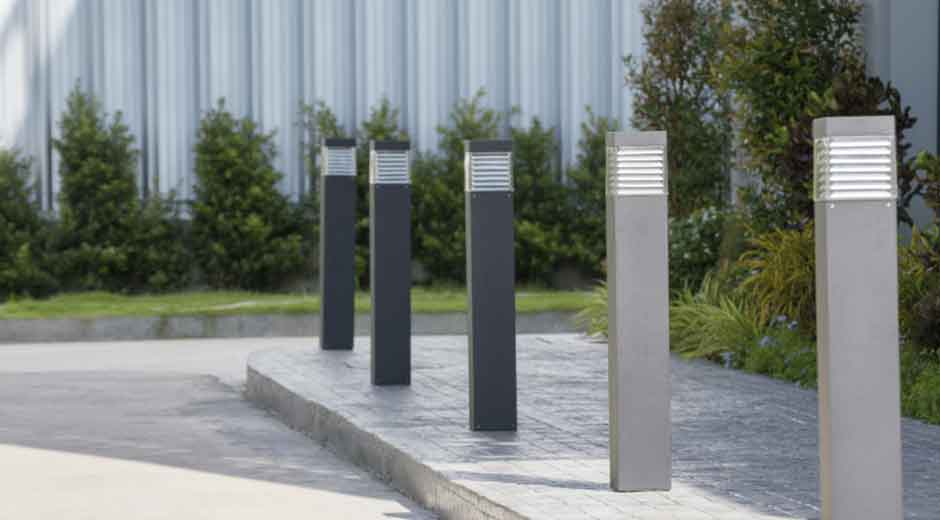Key Considerations When Installing Outdoor Light Poles in Commercial Spaces

Outdoor light poles in commercial areas are infrastructure investments that help improve safety and operational efficiency. Site-specific factors, such as soil conditions, electrical capacity, and local regulations, vary across different commercial property locations. Here are a few key factors to look at when installing outdoor light poles in commercial spaces:
Foundation and Structural Requirements
The design of the foundation decides the long-term stability of outdoor light poles. A pole should extend deeper than the local frost line to avoid heaving, a freeze-thaw process that can cause the pole to move or bend. The size of the concrete footing is also dependent on the height and weight of the pole. Wind load calculations are also useful in determining foundation strength, particularly in areas with strong gusts or seasonal storms.
The bearing capacity of the soil is also tested to verify that it can support the weight of the foundation and the lighting structure. Unfavorable conditions, such as loose or sandy soils, may necessitate deep pilings or concrete-reinforced pads. Water should be diverted at the base with the help of drainage systems to prevent erosion or deterioration of the concrete over the years.
Electrical Infrastructure and Power Supply
Electrical planning starts with calculating the total power requirements of all proposed lighting fixtures and control systems. The wiring design should be determined by the voltage drop in long cable runs to verify uninterrupted fixture performance. Junction boxes and pull boxes allow changes in cable routing and provide access points for future maintenance requirements.
Ground fault circuit interrupters prevent electric shocks in outdoor areas. Timers, motion sensors, or photocells are examples of control systems that may require low-voltage wiring. Emergency lighting systems often require backup batteries or generator tie-ins to maintain illumination when the main power source is unavailable. When lighting loads are added to existing commercial buildings, an electrical service capacity upgrade may be necessary.
Local Codes and Permit Requirements
New pole installations above a city’s height limit typically require a building permit. Electrical permits make sure that all wiring and connections comply with the National Electrical Code and local amendments. Zoning regulations can dictate the height of the pole, setback distances (the distance between the pole and the property line), and brightness to avoid glare on neighboring properties. Dark sky laws restrict light pollution by requiring that lights be shielded or the minimum amount of light be used.
District regulations may further restrict the styles, materials, and locations of the poles. Pole placement must not interfere with access to emergency vehicles as required by fire codes. Engineering drawings, lighting specifications, and signatures of licensed professionals are common in permit applications.
Site Layout and Spacing
The layout of lighting can be created using a computer modeling program, which simulates the light distribution and helps optimize the location of the poles. Even lighting demands precise attention to the height of poles, types of fixtures, and the interval between them to avoid creating dark areas. Poles that are too distant may produce obscure areas, whereas overlighting is a waste of energy and leads to glare. Areas where pedestrians walk may require more light than vehicle zones to provide security and safety to pedestrians. Building entrances require bright lighting that highlights the architecture and provides sufficient visibility for security cameras to operate effectively.
Install Outdoor Light Poles
The installation of professional outdoor lighting involves careful planning on the technical and operational aspects prior to construction. Foundation stability, electrical system, code issues, layouts, and durability are all key factors in the project’s success. Properly installed outdoor light poles can enhance property security and increase the overall value of commercial properties. Work with a professional lighting vendor when creating a personalized lighting scheme for your commercial building.


